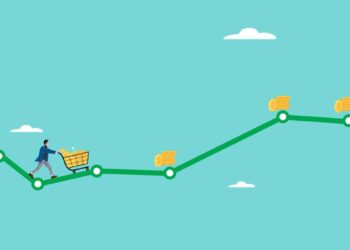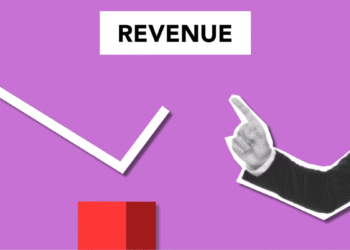Let me just say it straight: I had no idea what I was doing when I signed up for Payhip.
I thought I’d throw up a few planners and make a couple hundred bucks, maybe. What I didn’t expect? A few niche products later, I was getting daily notifications like: “You’ve made a sale!” It’s addictive in the best way.
So if you’re a beginner wondering how to sell niche products on Payhip, this guide is for you. I’ll walk you through what I wish someone had told me upfront, without the fluff or tech talk. Just clear, real steps you can follow today.
Step 1: Pick a Niche That Actually Solves a Problem
Okay, so the first mistake I made? I went too broad. My first product was a “Daily Productivity Planner.” Sound familiar? Yeah… that market’s flooded.
But when I switched to a “Productivity Planner for Freelance Designers,” things changed. Sales came quicker because it spoke to someone specific.
Here’s how to find a profitable niche:
-
Think about your own hobbies, job, or something you’ve struggled with.
-
Check Reddit or Facebook groups—what questions keep popping up?
-
Use Google Trends or Ubersuggest to check search volume.
The goal is to be weirdly specific. Not “fitness guides.” Think “Home Workout Plan for Busy Moms with Toddlers.”
Step 2: Create a Simple, Downloadable Product
No, you don’t need Photoshop. Or a design degree. I use Canva for almost everything, even premium templates.
Here are a few digital products you can make fast:
-
Checklists (e.g., “Wedding Planning Checklist for Filipino Families”)
-
Planners (e.g., “ADHD Daily Planner”)
-
Templates (e.g., “Notion Template for Instagram Content Creators”)
-
Mini eBooks (e.g., “How to Start a Candle Side Hustle”)
Just make sure the product actually helps someone do something. Solve a real problem. Bonus points if it looks pretty and is printer-friendly.
Step 3: Set Up Your Payhip Store (It’s Free)
Setting up on Payhip is probably the easiest part of all this. No plugins. No fees unless you sell.
Here’s what I did:
-
Signed up in two minutes.
-
Uploaded my PDF planner.
-
Added a short description and price.
-
Connected my PayPal.
Boom. It was live. I even skipped making a fancy website for weeks. You get a free storefront from Payhip, and honestly, it looks clean enough to start with.
Step 4: Make Your Product Page Work Harder
This was a lesson I learned the hard way. People don’t just buy because your product exists—they buy because you convinced them it’s worth their money.
Tips to optimize your product page:
-
Use SEO-friendly keywords like “freelance designer planner” in your title.
-
Add 2–3 mockups so buyers can “see” what they’re getting.
-
Use benefit-driven bullet points. (Not “50 pages”, say “Stay organized in just 5 minutes a day.”)
I also started adding a free bonus—like a 3-day sample or an extra worksheet. It boosted conversions a lot.
Step 5: Promote Without Being Annoying (Or Paying)
I started with zero followers and zero dollars for ads. So I had to get creative.
Here’s what actually worked:
-
Pinterest: I designed pins using Canva and linked to my product page. A few pins still bring traffic months later.
-
Reddit: I answered real questions in niche subs and linked my product only when it was genuinely helpful.
-
Email freebies: I gave away a simple checklist in exchange for email signups, then followed up with a promo.
One mistake? I waited too long to build an email list. Don’t be like me, start capturing emails on day one. Trust me, future-you will thank you.
Step 6: Build Customer Trust and Keep Them Coming Back
Once I got a few sales, I realized the real win wasn’t just making a product. It was making buyers come back.
Here’s what I do now:
-
Send a thank-you email with a surprise freebie.
-
Ask for feedback and apply it (one woman told me to add “no-spend tracker” pages, so I did).
-
Launch related products every month or so and offer discounts to past customers.
If someone bought a digital planner, they might want matching sticker packs or habit trackers. You don’t need a massive catalog—just connected ones.
Final Thoughts: Start Small, Stay Specific, and Keep Going
Selling niche products on Payhip isn’t magic—but it works if you work it. The tech is easy. The platform is free. All you really need is a specific idea and a willingness to help a small group of people really well.
So here’s your move:
-
Pick a small niche that excites you.
-
Create something simple that helps.
-
Put it up on Payhip and tell the right people.
Don’t stress about having everything perfect. My first product had a typo on the cover (true story). People still bought it. You’ll get better with each launch.
Now go create something. And if you already have? Drop a link, I’d love to see what you’re building.








